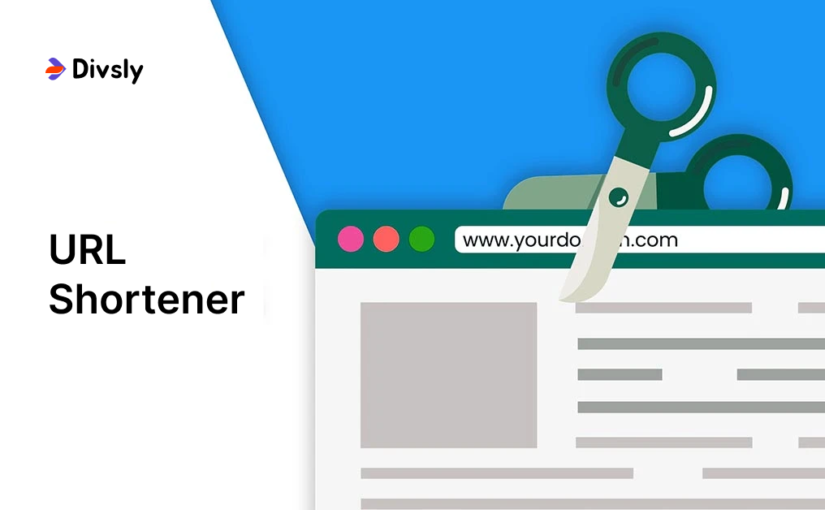Introduction
In the fast-paced digital world, where attention spans are shrinking, URL shorteners have emerged as powerful tools for enhancing user experience and improving conversion rates. By simplifying long, complex URLs into concise and memorable links, these tools offer numerous benefits that can significantly impact online success.
Improved User Experience
URL shortener play a vital role in enhancing user experience by providing simplified and user-friendly links. Long and convoluted URLs can be difficult to read, remember, and share. By shortening them, these tools make it easier for users to comprehend and remember the link, leading to higher engagement and improved user satisfaction.
Moreover, shorter URLs are visually appealing and take up less space, making them ideal for social media platforms with character limitations. Users are more likely to click on a short, clean link rather than a long, confusing one. This streamlined user experience encourages click-throughs and promotes a positive perception of the brand or content being shared.

Increased Click-Through Rates
One of the primary goals of any online marketer or content creator is to drive traffic to their websites or landing pages. URL shorteners are powerful allies in achieving this objective. By creating short and concise links, they increase the chances of users clicking on the link, which, in turn, boosts click-through rates.
Shortened URLs are especially effective in social media marketing campaigns, where character limits are a concern. A shorter link allows marketers to convey their message more effectively and entices users to click on it. As a result, brands can reach a wider audience and generate more traffic to their desired destination, ultimately improving conversion rates.
Trackable and Analytical Insights
URL shorteners provide invaluable insights into user behavior and campaign performance through tracking and analytics features. These tools allow marketers to monitor link clicks, geographic data, referral sources, and other relevant metrics.
By understanding how users interact with their links, marketers can make data-driven decisions to optimize their campaigns. They can identify which platforms or channels are driving the most traffic, segment their audience based on demographics, and refine their marketing strategies accordingly. This level of granular data empowers businesses to maximize their return on investment (ROI) and fine-tune their messaging to resonate with their target audience.
Example
Let’s say you’re a digital marketer promoting a new product on social media. Instead of sharing a long and cumbersome URL like “www.example.com/products/new-product?utm_source=facebook&utm_campaign=summer_sale&utm_medium=social”, you can use a URL shortener to create a more user-friendly link.
Using a URL shortening tool, you can transform the lengthy URL into something like “bit.ly/NewProductSale“. This shortened link is not only more visually appealing but also easier for users to remember and type into their browsers.
When you share this shortened link on social media platforms, users are more likely to click on it due to its simplicity and readability. As a result, you’ll experience increased click-through rates, driving more traffic to your product page.
Conclusion
URL shorteners offer substantial benefits for enhancing user experience and improving conversion rates. By simplifying links, increasing click-through rates, and providing valuable analytical insights, these tools have become indispensable for online marketers and content creators aiming to make the most of their online presence.
In the highly competitive digital landscape, leveraging URL shorteners can give businesses a competitive edge, enabling them to deliver a seamless user experience while driving higher engagement, traffic, and ultimately, conversions.




